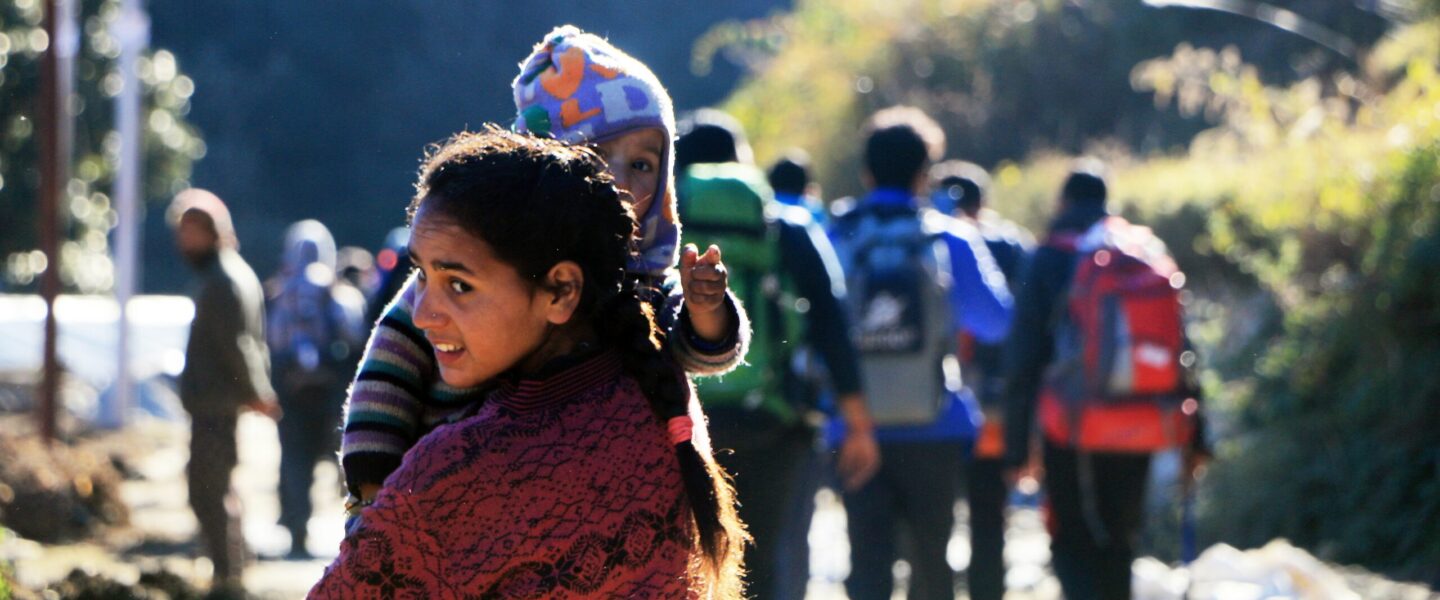Top facts about Asylum
1. Allegations of asylum seekers arriving here illegally
There is no such thing as an ‘illegal’ or ‘bogus’ asylum seeker. Under international law, anyone has the right to apply for asylum in any country that has signed the 1951 Convention and to remain there until the authorities have assessed their claim.
The Convention recognises that people fleeing persecution may have to use irregular means to escape and claim asylum in another country – there is no legal way to travel to the UK for the specific purpose of seeking asylum and everybody has the right to apply for asylum. It has saved millions of lives, and no country has ever withdrawn from it.
No international law says that refugees must claim asylum in the first country they reach. NOTE that official Government documents on asylum statistics refer to people being “irregular”, not illegal.
2. Situation in the UK
There were 111,084 asylum applications for individuals in the UK in the year ending June 25, 14% more than 12 months previously. A large % of asylum seekers – 40% of those applying in 2024 – travelled to the UK legally with visas.
In proportion to its population, the UK ranks 17th highest in the EU+ area for asylum applications, 16/10,000 people applications in the UK, and 25/10,000 in the EU. It is 21st for giving any protection (incl. Ukrainian / Afghanistan resettlement programmes).
3. Developing countries – not the UK – look after most of the world’s refugees
More than 1 in every 67 people globally has been forced to flee and there are 43.7m refugees in the world. 67 %, are hosted in neighbouring countries and 40% of these are children. Refugees make up 0.76% of the overall UK population.
4. Small Boats
In the year until June 25, 39% (43,600) of asylum seekers arrived on a small boat and a further 11% (12,100) entered through other irregular routes (on lorries, shipping containers, etc).
There was an average of 54 people per boat. 6 in 10 of small boat arrivals were from Afghanistan, Syria, Eritrea, Iran and Sudan as of March 2025. 14% were under 18.
In 2024, 73 people died during the crossing, 99% of whom claimed asylum in the UK, but only 33% of people had received a decision by the end of March 2025.
Of those receiving an initial decision 47% were granted asylum or another form of humanitarian protection. The decline in overall success rates may be linked to policy changes introduced by the Nationality and Borders Act (NABA) in 2022, which raised the standard of proof required for asylum.
5. Where people come from
The top 5 countries of origin of people seeking asylum in the UK in June 2025 were Pakistan, Afghanistan, Iran, Eritrea and Bangladesh.
6. Successful claims
The UK asylum system is controlled and complex. It is tough for people seeking asylum to provide the evidence required for protection. Despite these challenges, many claims are successful. In June 25, 51,997, 47% of initial decisions resulted in a grant of asylum or other form of protection. Further to that, 43% of initial decisions were appealed, and 67% of those were allowed, showing the poor quality of initial decision making.
The Home Office take many months or years to decide on asylum cases, 70,532 awaiting an initial decision by June 2025. The average time for an appeal to be heard is 55 weeks.
7. Challenges in Family Reunion
In the year ending June 25, 20,817 family reunion visas were issued to partners and children of those granted asylum or humanitarian protection in the UK.
8. People seeking asylum do not get large handouts from the state
The decision-making backlog means that 106,075 people receiving Government support were not allowed to work last year. 30% live in hotels, 43% lower than in Sep 2023.
Home Office Asylum Support rates are currently set at £49.18 per person per week or £7 a day to cover essential living needs like food, travel, clothing and communications. They are set at £9.95 for those in full board accommodation. In real terms, the payment level in 2024 was 37% lower than in 2000. The daily rate paid to a single adult in 2000, £5.22, bought goods and services that would today cost £9.61.
They do not come to the UK to claim benefits, most knowing nothing about welfare benefits pre-arrival and having little expectation for financial support.
Most asylum seekers are not allowed to work while claims are processed over several months or years, leaving them struggling to support themselves and their families.
9. People seeking asylum can be detained indefinitely
The Government has the power to detain people seeking refuge here, including children. There is no maximum time limit in place for those in detention, meaning some are held indefinitely.
The latest statistics show 21,653 people in detention, 14% more than last year. Although only supposed to be held as a “last resort”, until June 25, 51% were released back into the community on bail and 44% were sent back to their country of origin. 34% were held for more than 28 days, the cost per day of detention being £122 per person.
10. Children
In the year to June 25, there were 3,553 applications from unaccompanied children under 18, 77% of which were aged 16-17, c.3% of total asylum applications. Of those claims decided in 2025, 73% were granted asylum. The top unaccompanied children country of origin is currently Afghanistan. In 2024, 678 under 18’s were wrongly placed in adult accommodation or detention.
Source: Information taken from Gov’t statistics up to June 25, UNHCR, Migration Observatory, Safe Passage, and Helen Bamber Foundation
Photo by Neha Maheen Mahfin on Unsplash
